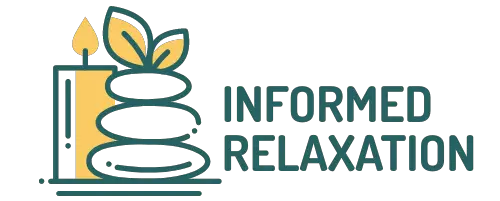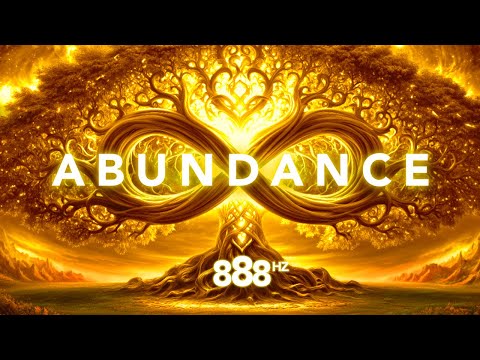A form of therapy that helps to reduce muscle tension and stress, lower blood pressure and control pain. It can involve tensing and relaxing muscles throughout the body. It can be used in conjunction with guided imagery (focusing the mind on positive images) and meditation (focusing the thoughts). In meditation, you direct your attention to feel more relaxed.
Meditation can help you respond more calmly to your feelings and thoughts, including those that cause stress. Meditation has been practised for thousands of years and there are different types. Yoga is an ancient practice that has its roots in Indian philosophy. Yoga combines postures or movements with concentrated breathing and meditation.
The postures are designed to increase strength and flexibility. The postures range from simple positions on the floor to more complex postures that can require years of practice. You can modify most yoga postures to suit your own abilities. Relaxation exercises play an important role in some forms of therapy.
Since relaxation can help relieve symptoms in a number of mental health problems, a counsellor can teach you certain relaxation techniques or assign them as therapy ‘homework’. Relaxation exercises are often used as part of cognitive behavioural therapy for headaches and chronic pain. Pain can cause both physiological and emotional distress, which together create a cycle leading to increased perception of pain and changes in body physiology in ways that increase pain (e.g. muscle tension or spasm and constriction of blood vessels). If tension is occurring as a result of a psychological problem or stressor, it may be helpful to select some relaxation techniques that work for you and use them regularly.
Repeating positive affirmations such as “Everything will be fine for me” or “Everything will be fine” has been shown to help people relax. One study found that repeating affirmations to mothers about to go into labour had a significant impact on their anxiety levels, helping them to relax better during labour. A study published in the journal Biological Psychology showed that progressive muscle relaxation lowered the subjects’ stress, anxiety and cortisol levels. Although almost all yoga classes end with a relaxation pose, classes that focus on slow, steady movements, deep breathing and gentle stretches are best for stress reduction.
Deep breathing is also the cornerstone of many other relaxation exercises and can be combined with other relaxing elements such as aromatherapy and music. One tool that is often touted as one of the most effective strategies for relaxing or easing a panic attack is breathing. When you are mentally relaxed, you may still have stresses in your life or tasks to do, but stress and tension are not at the forefront of relaxed people’s minds. While some experts suggest that the relaxation attributed to herbal remedies is due to the placebo effect, others state that taking certain supplements is actually effective.
Deep breathing is a simple but effective relaxation technique that focuses on full, cleansing breaths. Whether your stress is out of control or you have already managed it, you can benefit from learning relaxation techniques. Relaxation techniques can reduce stress symptoms and help you have a better quality of life, especially if you are ill. Learning relaxation techniques can make you more aware of muscle tension and other physical sensations of stress.
Instead, you need to activate your body’s natural relaxation response, a state of deep calm that slows stress, slows breathing and heart rate, lowers blood pressure and rebalances body and mind. Failure to relax can lead to serious physical and mental health problems such as anxiety, chronic fatigue, headaches, chronic pain, sleep disorders, high blood pressure and much more. To relax using visualisation, engage as many senses as possible, including smell, sight, sound and touch.




